-
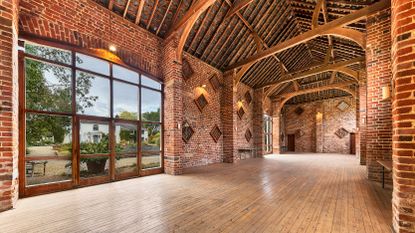
A huge farmhouse that mixes Georgian charm with an 80 foot party barn and a swimming pool
By Julie Harding
-
-

The lynx effect: It's about time to reintroduce this shy predator
By Roger Morgan-Grenville
-

The 12 types of hangover, from 'Backwards Binoculars' to 'Titanic', and how to cure them all
By Olly Smith
-

What to expect from Country Life in 2026
By Country Life
-

Six things that Britain should be proud of, from world-class restaurants and Championship-winning cars to the countryside
By Kate Green
-

The 12 biggest country property sales of 2025, from 'one of the finest homes in the Cotswolds' to a £5 million cottage in Cornwall
By Penny Churchill
-
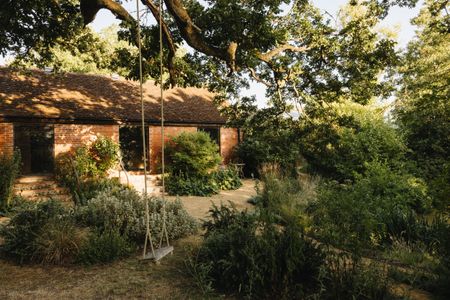
How an eco-friendly interior designer transformed a former milking parlour into a multi-purpose space in the middle of the Pandemic
By Grace McCloud
-
Exquisite houses, the beauty of Nature, and how to get the most from your life, straight to your inbox.
People & Places
-
-

Meg Walters: The BBC's 1995 adaptation of 'Pride and Prejudice' is the ultimate Millennial fairytale
-

The return of one of Europe's most iconic hotels is just the beginning for Bucharest
-

Britain's most entertaining (and a little bit salacious) country house scandals
-

Actor Jennifer Garner on Diane Keaton, 'collecting women' — and her consuming passions
-
Property
View all Property-

A huge farmhouse that mixes Georgian charm with an 80 foot party barn and a swimming pool
By Julie Harding
-
-

The 12 biggest country property sales of 2025, from 'one of the finest homes in the Cotswolds' to a £5 million cottage in Cornwall
By Penny Churchill
-
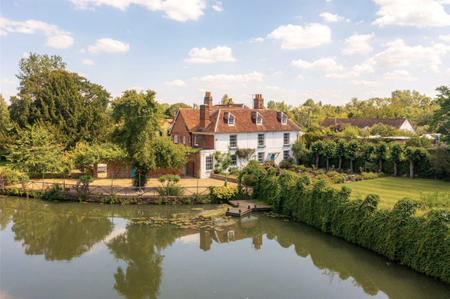
Country Life's top 10 property articles of 2025, from the homes of JFK and Alan Titchmarsh to the castle for sale for the first time in 700 years
By Toby Keel
-

Four homes fit for Father Christmas, from dream chimneys and reindeer stables to a house — with sleigh parking — on North Pole Road
By Toby Keel
-

The Christmas sales reach the property market: Six beautiful houses that have had their prices reduced
By Toby Keel
-

New Place Manor is actually 700 years old — look inside this magnificent medieval home in Sussex
By Toby Keel
-

The dream ski chalet for sale: A woodland paradise in The Rocky Mountains
By James Fisher
-
Our expert voices
Interiors
View All Interiors-
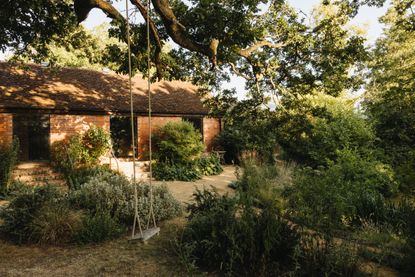
How an eco-friendly interior designer transformed a former milking parlour into a multi-purpose space in the middle of the Pandemic
By Grace McCloud
-
-

How Britain’s biggest and best country houses are decking the halls (and façades) for Christmas
By Bella Fulford
-

Giles Kime: Cushions, rugs, upholstered stools and sofa blankets are the ingredients of a pleasing new trend
By Giles Kime
-

John Goodall: Restoration is 'an act of recycling', but we need a system that encourages it
By John Goodall
-

Making space in a Georgian terraced Chelsea cottage
By Arabella Youens
-

Moths and memories of the Russian Revolution: Why it's worth saving that tired old rug
By Catriona Gray
-

How one family went about creating a welcoming kitchen in one of England's neo-Palladian houses
By Arabella Youens
-

How do you make a 300-year-old Baronial castle fit for modern-day living?
By Arabella Youens
-
LIFE & STYLE
View All LIFE & STYLE-
-

Six things that Britain should be proud of, from world-class restaurants and Championship-winning cars to the countryside
By Kate Green
-

Our favourite Frontispieces of 2025
By Will Hosie
-

Actor Jennifer Garner on Diane Keaton, 'collecting women' — and her consuming passions
By Lotte Brundle
-

A very unofficial list of cars that Country Life liked this year
By James Fisher
-
COUNTRYSIDE
View All THE COUNTRYSIDE-
-

Two turtle doves: Why the endearing bird is an animal for all seasons, not just Christmas
By Mark Cocker
-

When is it ok to fell a centuries-old oak tree?
By Katharine Freeland
-

Is December the best month for bird watching? Exploring the underrated avian delights of a British winter
By Country Life
-
Gardens
View All Gardens-
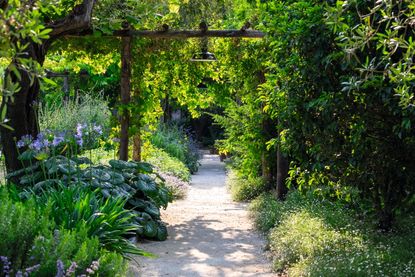
The Convent Garden of Il Redentore: A Venice masterpiece that's finally opened its gates after 450 years of total privacy
By Tim Richardson
-
-

Country Life's top 10 garden stories of 2025, from Alan Titchmarsh's hardy annuals to David Beckham's Cotswolds paradise
By Toby Keel
-
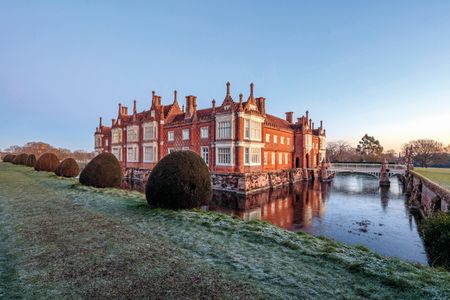
Helmingham Hall: The ancient garden at a medieval hall where the drawbridge is still pulled up every night
By Tilly Ware
-

The plants to give for Christmas which will keep flowering for years
By Jane Wheatley
-

How to create spectacular arrangements for your Christmas table
By Amy Merrick
-

There are a billion microbes in a teaspoon of soil. Leaving the leaves to Nature feeds and nourishes them
By Isabel Bannerman
-
ART & CULTURE
View all ART & CULTURE-
-

Forget Bond, the understated George Smiley is fiction's greatest spy
By Emma Hughes
-

‘I wasn’t really sure that I wanted to be a ballet dancer’: The English National Ballet's prima ballerina on playing Clara in The Nutcracker and her consuming passions
By Lotte Brundle
-

The policeman turned goat-herder turned beautician, whose goats' milk soap became a sensation
By Jane Wheatley
-

The exquisite Christmas decorations that spark childhood joy, and the decoration-maker who creates them
By Jane Wheatley
-
Travel
View All Travel-

The railway revolution: 'The most profound change to British society since the arrival of the Normans, perhaps even the Romans'
By Jonathan Self
-
-

‘Some ran for cliffs and jumped in panic. Others tried alternative routes, but these are not the paths they’ve followed for thousands of years’: Instagram is putting wildlife at risk and ruining our sense of adventure
By Lisa Johnson
-

What does the future hold for the exclusive Caribbean island that shuns shoes, spectacle and social media
By Rosie Paterson
-

What is everyone talking about this week: Would you move to Dubai?
By Will Hosie
-

'The ugliness and craziness is a part of its charm': The Country Life guide to Bangkok
By Luke Abrahams
-

The Surrey hotel review: The new kid on New York's Upper East Side
By Rosie Paterson
-
Food & Drink
View All Food & Drink-

The 12 types of hangover, from 'Backwards Binoculars' to 'Titanic', and how to cure them all
By Olly Smith
-
-

'We begin making in May and start packing and despatching in November — it’s carnage': How the Cotswolds' favourite cake-makers get ready for Christmas
By Jane Wheatley
-

Tim Wilson of The Ginger Pig on the perfect Christmas ham
By Jane Wheatley
-

East London's salmon smokehouse is full of secrets
By Tom Howells
-

Four festive recipes from the Country Life Archive that have (thankfully) fallen out of favour
By Melanie Bryan
-

Country Life's luxury editor's Christmas gift ideas for foodies, from traditional hampers to nifty kitchen gadgets
By Amie Elizabeth White
-

‘Calf’s brains have a bland, gentle richness that soothes and cossets': Tom Parker Bowles on the joys of eating offal
By Tom Parker Bowles
-







